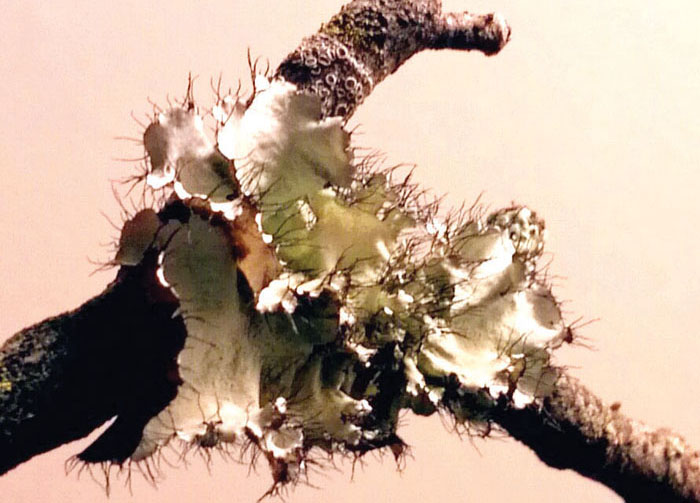Home and garden Q&A: Lichens, liriope and lawns
Published 12:00 am Saturday, March 5, 2022

- Lichen
Warm weather during March prods homeowners to inquire about their home gardening problems. Below are questions posed to over the past few weeks.
Question: I have his growth growing all over my trees in my yard. What is this and will it kill my trees? How do I control it?
Answer: Your plant has lichens on the limbs and twigs. The growth of lichens does not cause decline in growth or death of shrubs and trees. However, lichen development on tree or shrub is generally associated with poor growth or environmental stress of the plant. If practical, the affected limbs or twigs can be pruned out to stimulate new growth.
Question: I think my redbud tree is declining and dying. Sections of the tree are dead. Do these trees have a major disease problem?
Answer: Native redbuds are not a long-lived shade tree as compared to oaks and maples. However, one of the more positive aspects of the tree is they generally are easy to grow, being a legume, and have very few pest problems. Once the tree starts to decline, it usually never recovers. There are new redbud cultivars featuring ample assortments of colors and leaf textures that adapt well to our climate.
Question: Should I mow my liriope this spring?
Answer: Yes, it’s best to mow in the spring to rejuvenate new growth and remove dead or damaged leaves. Raise the mower blade as high as possible and make sure your mower blade is sharp.
Question: What is that purple weed in my yard and how do I control it?
Answer: The weed is most likely henbit or deadnettle, both related to each other. Post-emergence herbicides containing 2, 4-D, Banvel and MCPP are designed to control the winter weed. However, during flowering, the weed is difficult to kill. Blooming broadleaf winter annuals are difficult and may be impossible to kill because they are in the process of producing seed and not adsorbing herbicides. Weeds should look distorted and withered a few days after application. Two applications of broad-leafed herbicides 10 days apart are an effect solution.
Question: Can I over-seed my lawn now?
Answer: Fescue can be over-seeded now, especially bare spots. Don’t wait too late in the spring.
Question: I have some limbs to cut back on my tree that is hanging over my house. Should I use some sort of pruning paint or sealer over the cuts to protect the wound?
Answer: No, many ask about using pruning paint for exposed cuts. Pruning paint or wound dressing does not provide any benefits in healing or protecting tree cuts. Some researchers have suggested that it often causes problems later with fungus growing behind the paint.
Darrell Blackwelder is the retired horticulture agent and director with the North Carolina Cooperative Extension Service in Rowan County. Contact him at deblackw@ncsu.edu.



